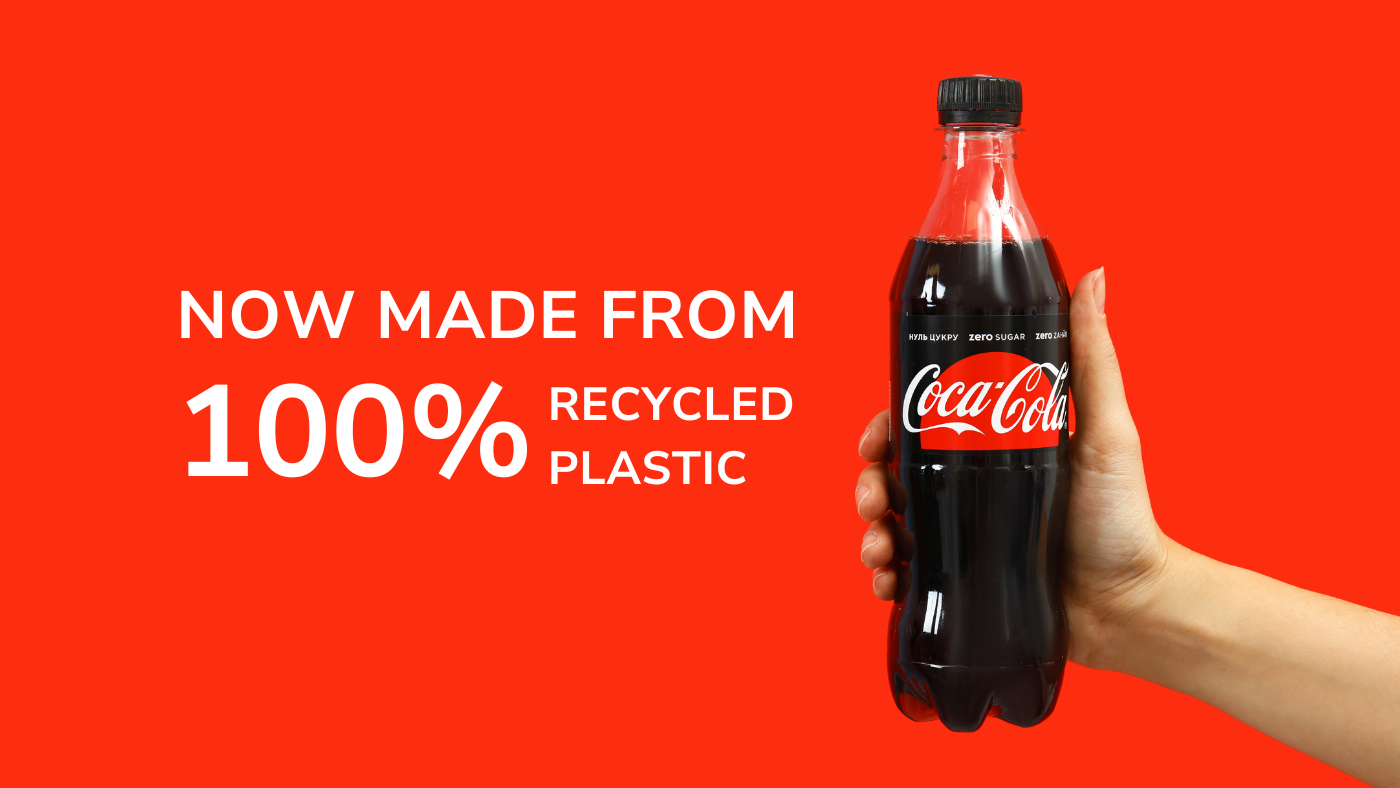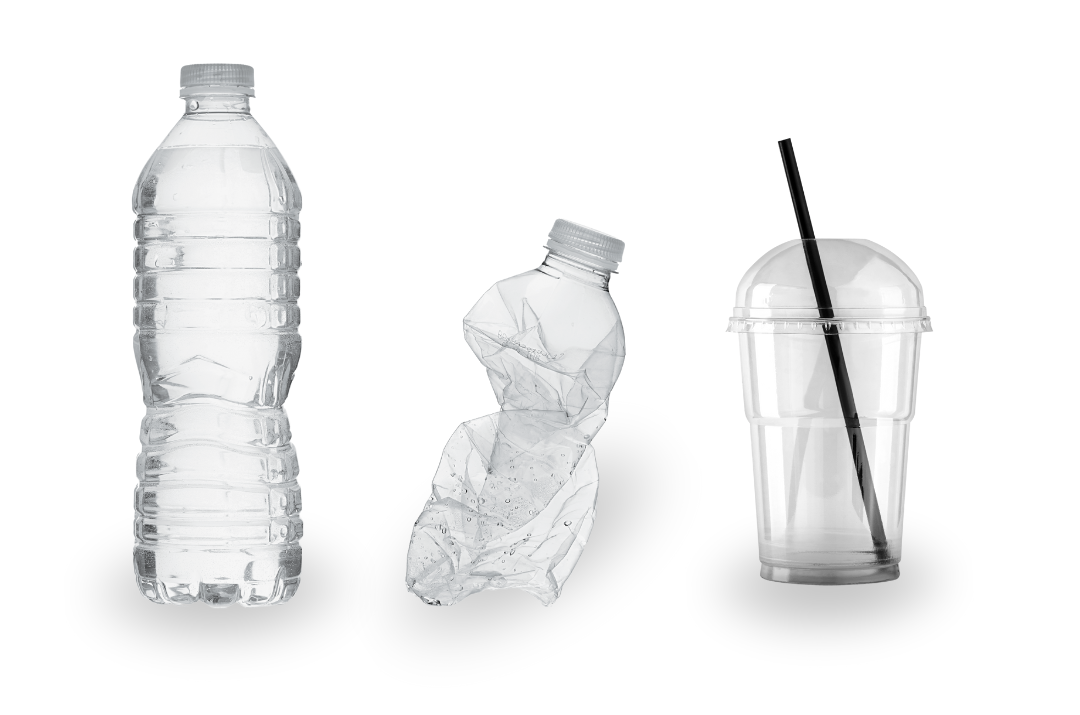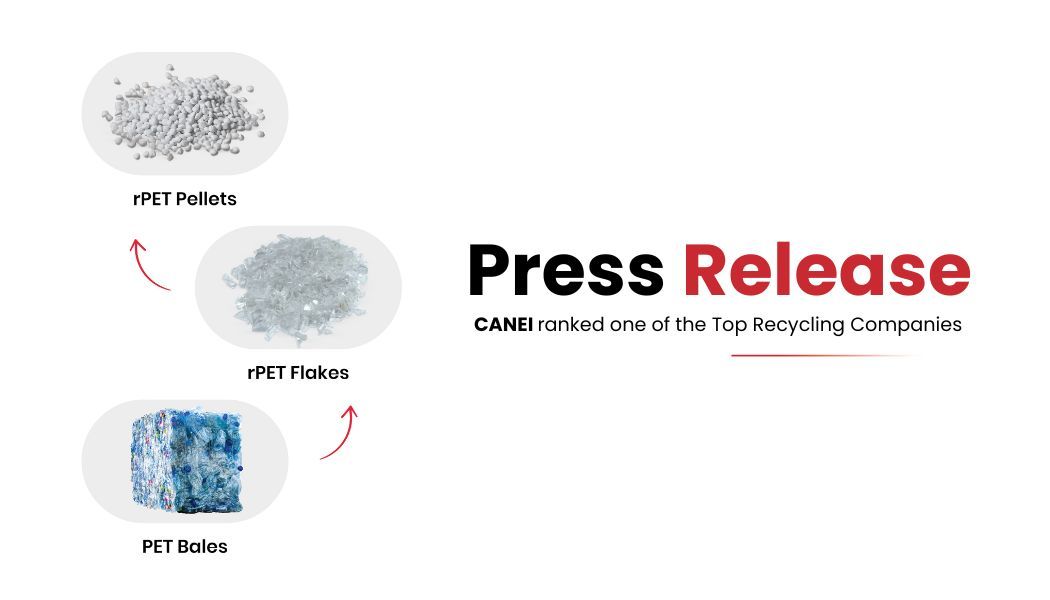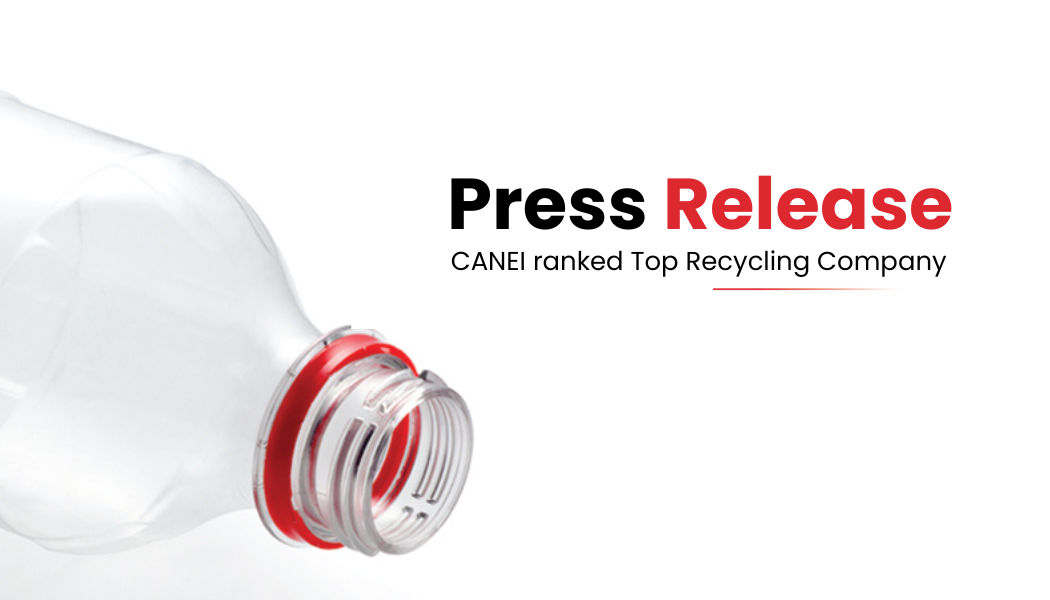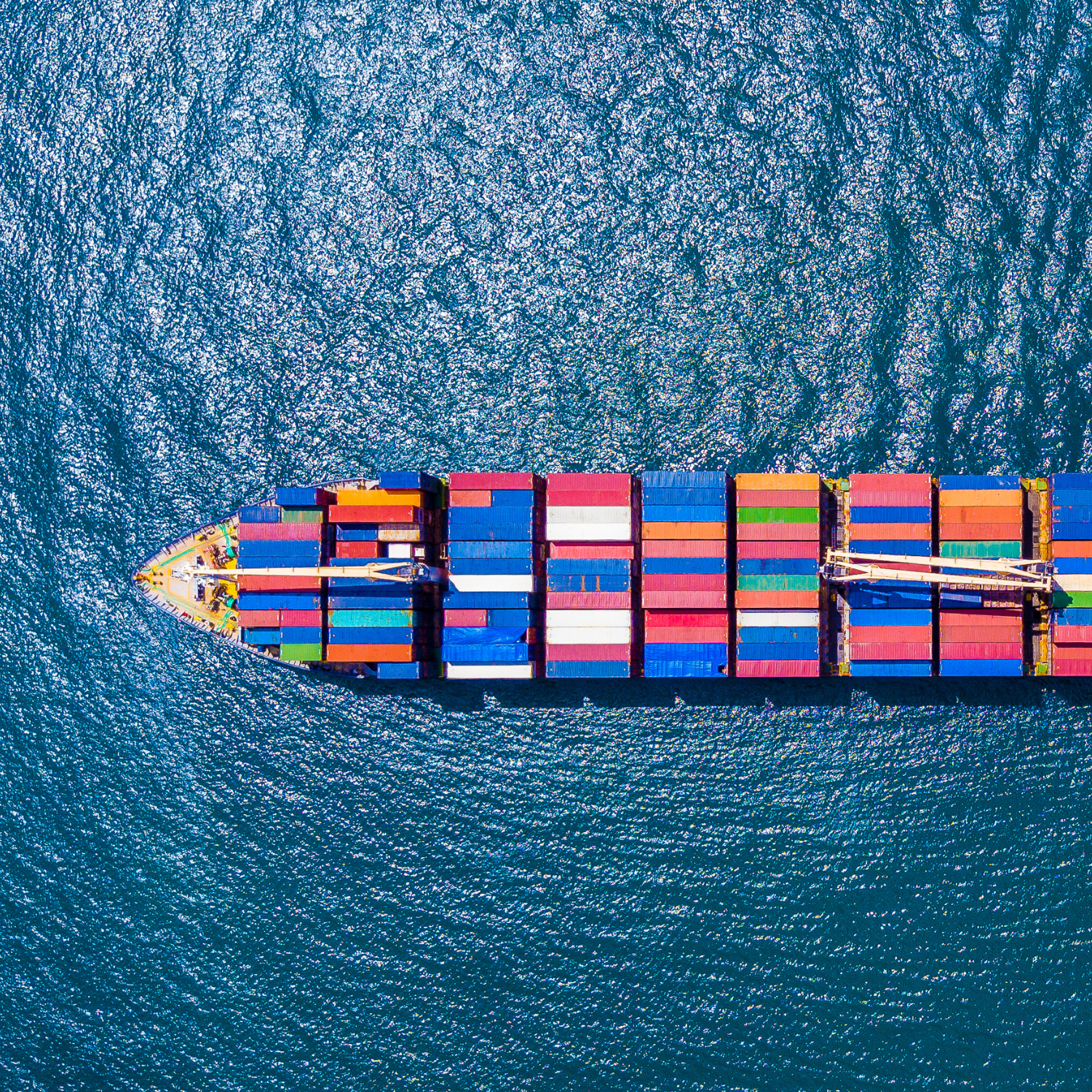Exploring the Role of Policy, Design, and Market Demand in the Future of Plastic Recycling
Mandated Recycled Content and Smarter Packaging: Key Insights from APR’s Steve Alexander

The plastic recycling industry is at a critical juncture, and recent developments are shaping the path forward in exciting ways.
We had the privilege of speaking with Steve Alexander, President and CEO of the Association of Plastic Recyclers (APR), to explore some of the key trends, challenges, and opportunities in the field.
From the Biden Administration’s Plastic Pollution Report to APR’s Design for Recyclability Recognition Program, Steve shared valuable insights on what’s coming next in recycling and what businesses can do to stay ahead.
Mandating Recycled Content
One of the most significant takeaways from the Biden Administration’s new report is the potential mandate for recycled content in plastic packaging.
This shift could drive the demand for recycled materials in a way we haven’t seen before. However, Steve made it clear: for this to work, we need more than just mandates—we need a stable, consistent market for recycled plastics.
Without a strong demand for recycled materials, the recycling system becomes economically unstable. The industry can only thrive if there’s a clear market for the materials being processed.
Fixing the Supply Chain
While the demand for recycled plastics is crucial, the industry faces a supply issue.
Many recycling programs across the U.S. are fragmented—different regions collect different materials, leaving consumers confused and recyclers with a limited supply. Steve pointed out that more than 50% of Americans don’t have access to convenient recycling programs, which significantly impacts the industry’s ability to process enough material.
To meet future goals, governments must invest in better collection systems that can provide a steady supply of recyclable materials to the industry.
Smarter Design for Recyclability
One of the standout initiatives we discussed is APR’s Design for Recyclability Recognition Program.
This tool allows businesses to design packaging that’s actually recyclable in today’s systems. From labels and adhesives to barrier layers and color choices, the program identifies which packaging features can help—or hinder—recycling.
By designing smarter, businesses can reduce contamination in the recycling stream, ensuring that more materials are processed efficiently and effectively. This is critical because even small design changes can lead to higher recycling rates and better-quality recycled materials.
The Importance of Demand and Long-Term Contracts
A key theme throughout our conversation with Steve was the need for a demand-driven recycling market.
Right now, many recyclers are operating in a spot market, where material availability and prices can fluctuate wildly. Establishing long-term contracts between recyclers and companies could provide stability, ensuring recyclers have a consistent supply of materials and a reliable market to sell to.
This stability will be essential as the industry evolves, giving businesses more confidence to invest in better recycling technologies and higher-quality materials.
Looking Ahead: The Next Five Years
Over the next few years, Steve expects to see more conversations about plastic product bans, but he believes there will be a shift toward more practical solutions.
As consumers and policymakers start to understand the full environmental impact of different packaging alternatives, there may be a move away from blanket bans and towards smarter design and recycling strategies.
States like California and Oregon are already leading the way by creating standardized recycling lists, ensuring that recyclers know exactly what materials will be available. This provides the certainty businesses need to plan for the future.
Key Takeaways
- Mandated recycled content is on the horizon, but a stable demand for recycled materials is key to making the system work.
- The recycling industry faces significant supply challenges, with fragmented collection systems leaving recyclers short on materials.
- Smarter packaging design, guided by APR’s Design for Recyclability Recognition Program, can help businesses create packaging that’s actually recyclable and reduce contamination.
- Long-term contracts can bring stability to the market, ensuring recyclers have a consistent supply of materials and businesses have access to high-quality recycled content.
- Over the next five years, expect to see more practical, market-driven solutions as we move beyond simple plastic bans and towards a circular economy.
For more insights, you can listen to the full episode of the Plastic Recycling Podcast with host Alkarim Shamsy and guest Steve Alexander.
At CANEI, we’re committed to helping companies and brands incorporate recycled materials into their products. Contact us at info@caneicorp.com to learn how we can assist you in meeting your sustainability goals.
